Pascale V Guillot, at the University College London, looks toward improving the quality of life for those with Osteogenesis imperfecta, a chronic health condition called brittle bone disease
Osteogenesis imperfecta is a rare genetic disease that starts to manifest in the womb by bone fractures and deformities of the skeleton. The severity of the disease ranges from mild (people can almost live a normal life) to severe (using a wheelchair as being unable to move), with the most severe cases not surviving the neonatal period and dying before birth or shortly after. This is because there are over a thousand different mutations in the DNA coding for type I collagen gene, which result in either insufficient amounts of type I collagen or an abnormal type I collagen molecule.
Type I collage is a protein which is the main component of bones and skin, but also other organs including kidneys, heart, and teeth. Therefore, any modifications of the structure or amount of type I collagen not only affects the bones by making them weaker and more fragile, but also affect the cardiac and renal function.
This contributes to decrease the quality of life of people with brittle bone disease, as people suffer from bone fractures, smaller stature, bowing of the bones and skeletal deformities, but also from other pathologies which may include fragile teeth, bleeding and easy bruising, blue colour in the eyes, breathing problems that can be very severe in relation to malformation of the rib cage, extreme tiredness, hearing loss, painful skin, loose joints, muscle weakness, serious cardiac problems and chronic renal failure.
The quality of life for people with brittle bone disease
The quality of life for people with brittle bone disease is impaired from an early age in relation to their health condition. This includes the impact of multiple hospital admissions and severe pain on mental health, not only for children affect but for those who care for them. Whilst some treatments are offered, there is currently no cure for the disease, which may add to low self-esteem and anxiety, depression, feeling of being isolated and fear of an early death.
Therefore considering the mental health and wellbeing of people with osteogenesis imperfecta needs to be considered and assistance provided to help them and their families to cope with both the physical and emotional aspects of the disease. Therapies include how to develop skills for coping with the stress and anxiety inherent with living with life-long chronic health issues.
The daily life of people with brittle bone disease
The life of people born with osteogenesis imperfecta is stressful as children, and then adults, deal with recurrent fractures, reduced mobility, tiredness and general pain. The prospect of fracturing a bone whilst sneezing certainly puts a toll on daily life. Several osteogenesis imperfecta foundations are raising awareness for their “unbreakable spirit” but the social and emotional issues associated with the disease need to be addressed. For the parents, the diagnosis of osteogenesis imperfecta for an unborn child or an infant raises immediate anxiety as well as challenges, such as locating doctors and other health care providers. Sometimes, child abuse allegations are made before the diagnostic, which also contributes to the emotional distress of the parents.
Therefore, strategies need to be put in place to help the parents cope with the stress of caring for a child with a life-long medical condition, which will affect their everyday life. knowing that pain and fractures are almost inevitable. Whilst caring for a new-born, parents need to cope with the additional fatigue, stress and sadness, which can also affect their relationship.
Strategies include therapy to learn to cope with medical emergencies, creating a strong support network which include other family members, nurses, doctors, genetic counsellors and social workers. Sometimes, parents also have osteogenesis imperfecta and may have strategies in place to deal with such situations.
Siblings who are not affected by osteogenesis imperfecta my feel left out or jealous of the time their parents are spending with the affected child, or may experience anger, guilt, or worry. Therefore, family therapies can be put in place to address these feelings and help children understand the situation and feel reassured.
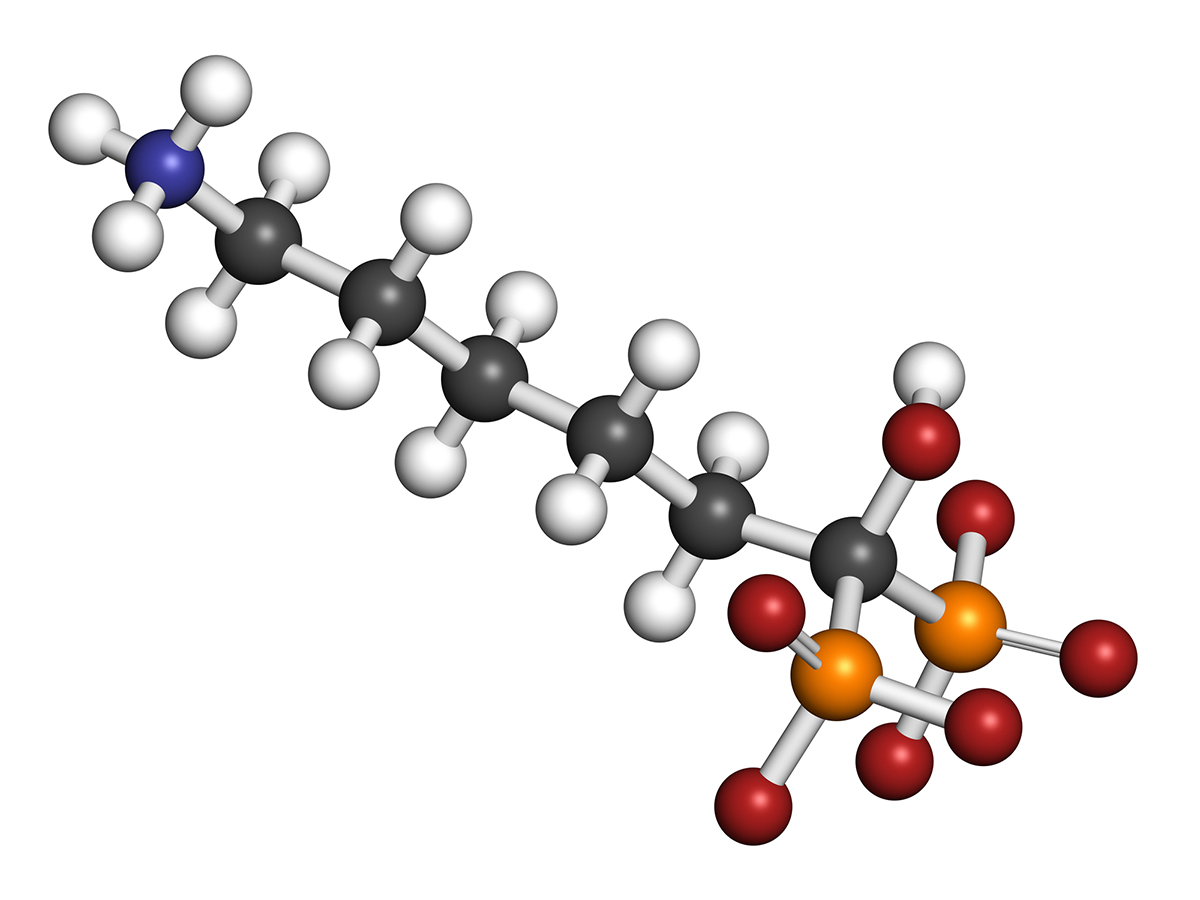
What about children with osteogenesis imperfecta?
As the disease starts to manifest before birth, babies and infants are already affected and may have experienced multiple fractures before they are able to talk. Parents and doctors need to communicate in an age-appropriate way as well as include the child in the family activities and projects.
Later in life, the disease affects relationships and career choices. Life with a chronic condition can affect their mental health as well as they physical wellbeing. However, they are capable of developing close relationships and successful careers. To develop a healthy outlook on life, they need support to stay informed about the conditions and the progress of the research, learn to live an independent life, get a good education, prepare for a career. This requires a strong network of emotional, financial and physical support.
Being a teen with osteogenesis imperfecta
Teenage years are challenging for most of us. But a pre-teen or teen with osteogenesis imperfecta is facing additional challenges that add to the emotional as well as physical burden of the disease. First, the skeleton is growing rapidly, which increases the risks of fractures and hospitalization, with the knock-on effects of missing school and impacting social life. As most teens may struggle with changes in physical appearance, self-esteem and self-confidence, teens with osteogenesis imperfecta face the additional burden of dentogenesis imperfecta (with fragile teeth), height issues, deformities, which can impact their social life as they are unable to participate to certain sports or social activities.
Children, teens and adults with osteogenesis imperfecta as well as their families and friends rely on a strong network of emotional, financial and physical support to face these challenges in order to experience a meaningful life. Whilst scientific research focus on developing new therapies to counteract bone fragility using stem cells, exosomes and other drugs, osteogenesis imperfecta community awareness is fundamental to ensure the best quality of life possible for people with osteogenesis imperfecta.
Please note: This is a commercial profile
© 2019. This work is licensed under a CC BY 4.0 license.

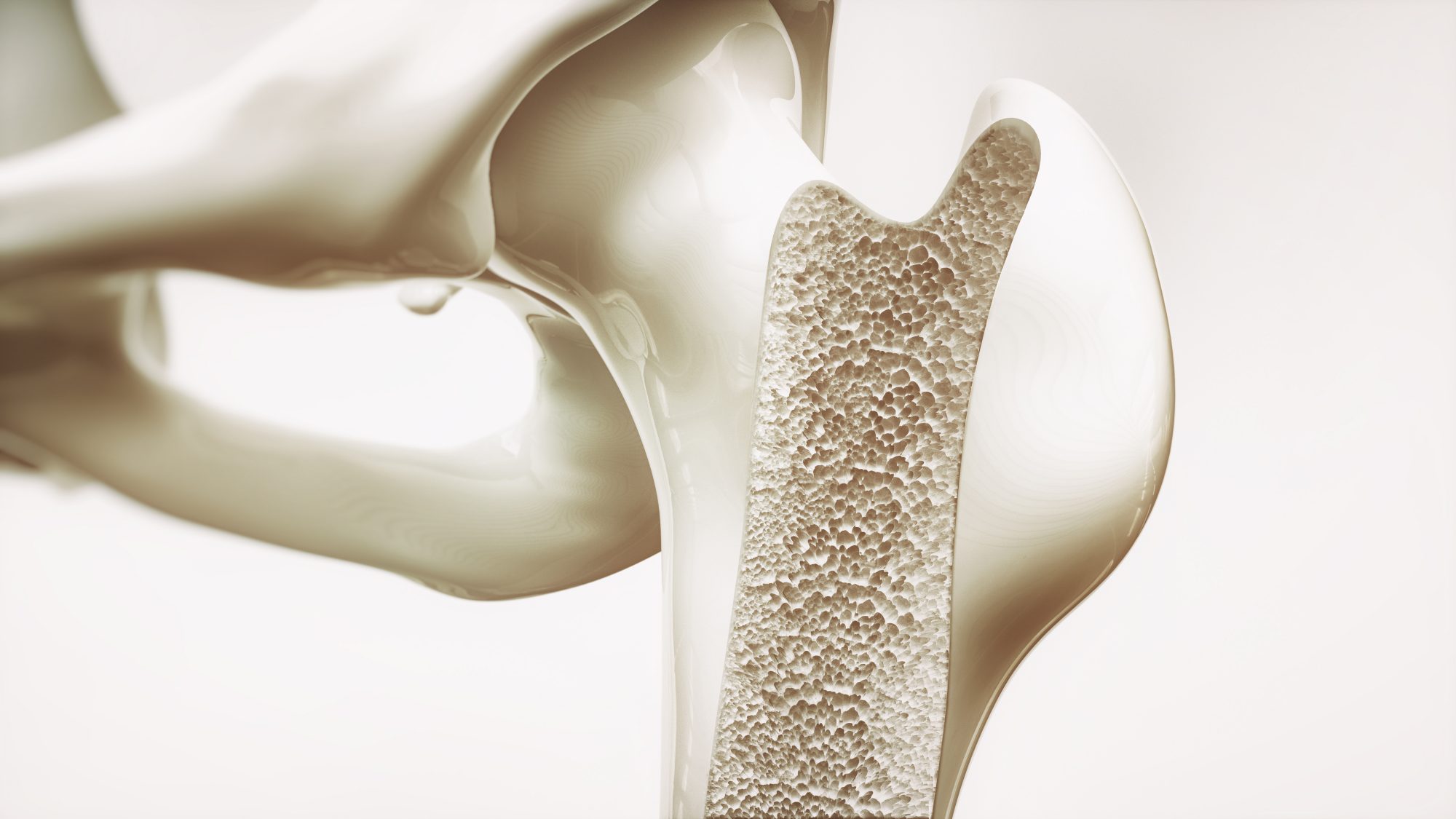
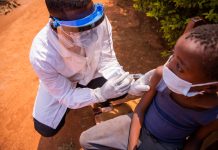
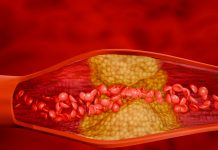

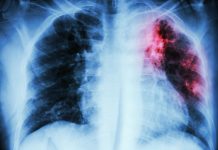
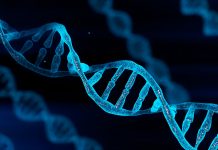


what about adults with OI ? I see all kinds of help for children with oi and their caregivers but as an adult, I have found no help at all i am 55 years old with severe OI I’m barely 3ft tall. I can not find a doctor. nor do I have a caregiver. I live alone in constant fear that any day ill break with no help at all. there has to be some kind of help. someday these children will grow up. i remember on my 18th birthday my OI doctor told me that I would be on my own that they didn’t treat adults. this is truly a sad way to have to live.